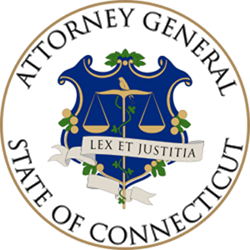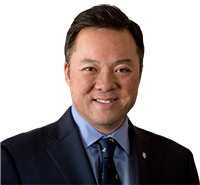Attorney General's Opinion
Attorney General, Richard Blumenthal
August 2, 1991
Hon. Joseph Cermola, Chairman
Board of Examiners for Professional
Engineers and Land Surveyors
165 Capitol Avenue
Hartford, CT 06106
Dear Chairman Cermola:
In your letter, dated February 5, 1991, you requested our opinion concerning whether there are any limitations on a licensed professional engineer's authority to design buildings. You have noted the overlap of practices between architecture1 and professional engineering2 with regard to design of buildings and have asked us to review this matter.
The answer to your inquiry is that state regulations and statutes limit an engineer's authority to design buildings.
Under the State's licensing mechanism, the issuance by the Board of examiners of a professional engineer's license does not automatically limit the use of that license to a particular discipline within professional engineering. At present, the Board offers examinations in fourteen such disciplines.
The Board's Code of Ethics restricts the nature of projects a licensee may undertake. The professional engineer may undertake assignments "only when qualified by education or experience in the specific technical field of professional engineering" involved. Reg. Conn. Agencies, D.C.P., § 20-300-12(a)(2). Whereas a structural engineer may be familiar with many aspects of building design and construction, this may not be true of an electrical engineer. Licensees have an ethical responsibility to limit their practice to those professional services for which they are qualified by education or experience.
While we recognize the overlap in the practice of architecture and engineering, we also recognize the limitations on engineers set forth in the architect's chapter. Conn. Gen. Stat. § 20-298 of the architectural chapter exempts "the practice of engineering by a professional engineer licensed under the provisions of chapter 391, and the performance by such professional engineer of architectural work for which he is qualified by education and experience and which is incidental to his engineering work." (Emphasis added). This exemption section specifically limits such cross practice to situations where the practice of architecture is "incidental" to work being performed by the engineer. Therefore, for example, to be permitted to perform architectural design, an engineer must first be working on an engineering project. See Conn. Op. Atty. Gen. 382 (1987) (Letter to Anthony Masciarelli), dated October 20, 1987.
Ultimately, it is the local building official who is empowered to "accept or approve" only those plans or specifications that are sealed by a licensed architect or a licensed professional engineer. Conn. Gen. Stat. § 20-293. Under Section 110.1 of the Connecticut State Building Code, it is the responsibility of the building official to "pass upon any question relative to the mode, manner of construction or materials to be used in" building construction. Reg. Conn.. Agencies, Public Safety, § 29-252-1a(110.1). Applying these statutory and regulatory guidelines, the building official may determine, for example, that the engineer lacks the education and experience to perform that architecture or that the architectural design work is not "incidental" to engineering work being performed by the engineer.3
In conclusion, a professional engineer's authority to design buildings may be limited by: 1) his lack of education or experience in that particular phase of engineering; 2) the fact that the design work being performed is not incidental to engineering work; or 3) the determination of a local building official that an architect's seal is required on the plans.
Very truly yours,
RICHARD BLUMENTHAL
ATTORNEY GENERAL
Neil G. Fishman
Assistant Attorney General
RB:NGF:pas
1 The practice of architecture, as defined in Conn. Gen. Stat. § 20-288(3), includes the "rendering of ... service ... and coordination of the structural factors concerning the aesthetic or structural design and contract administration of building construction ... in connection with the designing ... of building construction." (Emphasis added).
2 The term "professional engineer", as defined in Conn. Gen., Stat. § 20-299(1), includes a person who renders "design or responsible supervision of construction, in connection with ... structures, buildings, machines, equipment, processes, works or projects." The Board's regulations also indicate that "[t}he phase of property development work requiring ...design of ... proposed buildings, structures, or other improvements constitute professional engineering and as such, any documents relating thereto shall be sealed by a licensed professional engineer." Reg. Conn. Agencies Reg. D.C.P., § 20-300-10b(a). (Emphasis added).
3 The requirement of Conn. Gen. Stat. § 20-298(a) that the engineer have both the education and experience to perform architectural work is more stringent that the Engineering Board's Code of Ethics provision, Reg. Conn.. Agencies, D.C.P., § 20-300-12(a)(2) which refers to qualification by education or experience. However, Section 20-298(a) does not apply to design of buildings within the use groups set forth in Section 29-276c(b)(1)-(3). Conn. Gen. Stat. § 29-276c(a).


